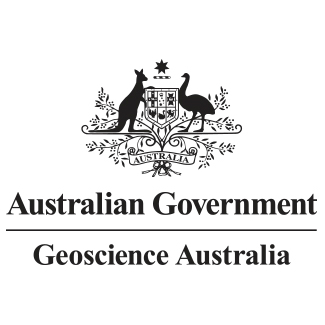Brief description
This record was retired 29/03/2022 with approval from S.Oliver as it has been superseded by eCat 146257 DEA Water Observations Water Observations from Space (WOfS) provides surface water observations derived from satellite imagery for all of Australia from 1986 to the present. The WOfS product allows users to get a better understanding of where water is normally present in a landscape, where water is seldom observed, and where inundation has occurred occasionally. WOfS displays the detected surface water from cloud-free Landsat observations for the whole of Australia.Lineage
Maintenance and Update Frequency: asNeededNotes
PurposeThe primary purpose of the WOfS product is to help understand where flooding may have occurred in the past. This has application in emergency management and risk assessment. The product has many secondary uses. For example the WOfS product provides an indication on the permanence of surface water in the Australian landscape by showing where water is observed rarely in comparison to where it is often observed. This has application in water management and mapping. WOfS has also been used for wetland analyses, water connectivity and surface-ground water relationships. As the WOFLs have been separated from the derived statistics in this version, WOfS is most useful for performing analyses requiring the investigation of surface water extent for particular times rather than over long term time series.
Created: 29 05 2018
Issued: 16 09 2018
Modified: 10 05 2019
Modified: 10 05 2019
Data time period: 1986-01-01 to 2018-05-31
text: westlimit=112; southlimit=-44; eastlimit=154; northlimit=-9
User Contributed Tags
Login to tag this record with meaningful keywords to make it easier to discover
DEA Water Observations
- URI : pid.geoscience.gov.au/dataset/ga/121054

- global : 21b2e0ff-ef2a-49fb-aac4-c643236257de


